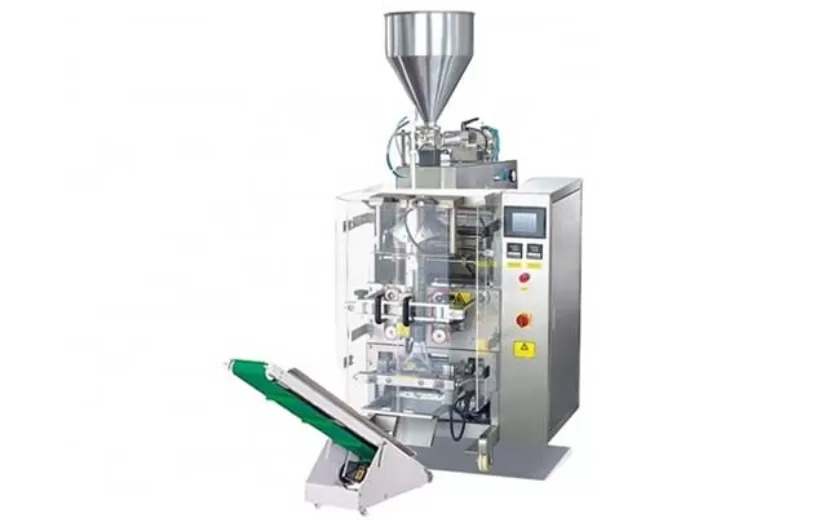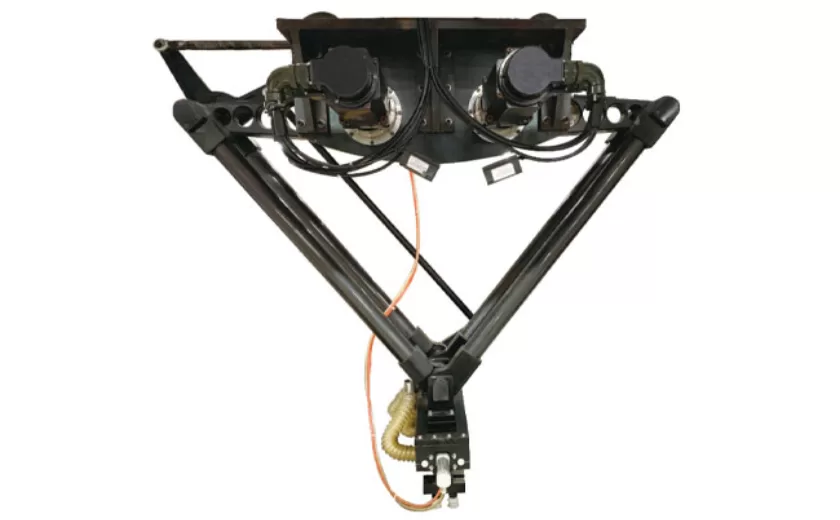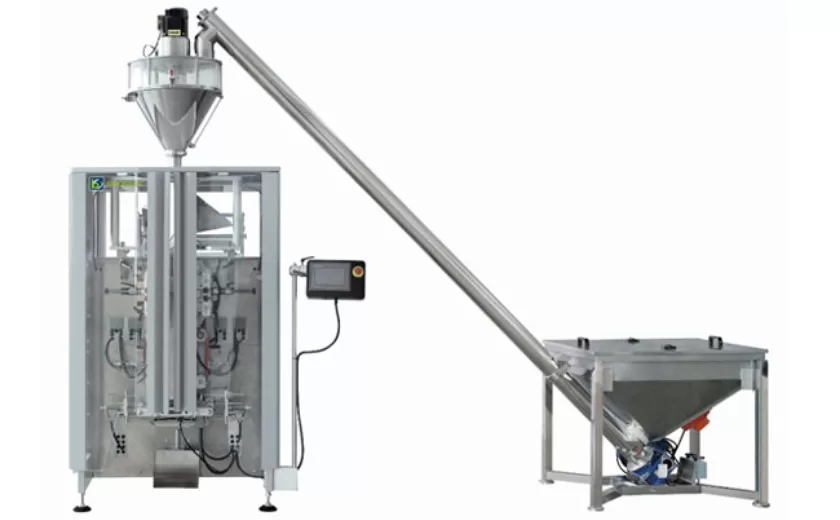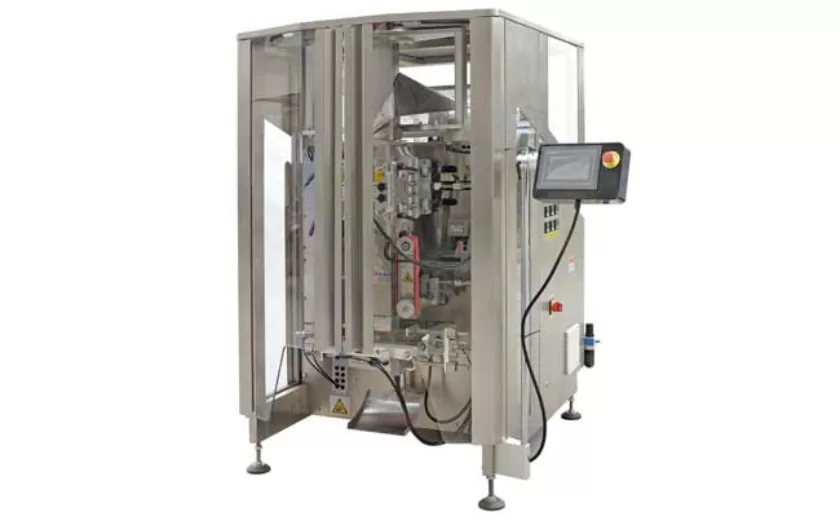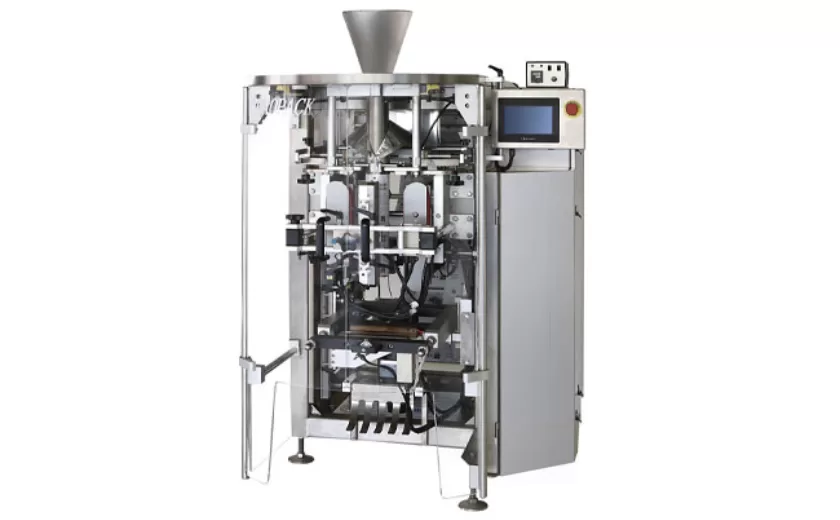Why Automation Is Key in Weighing and Sealing Operations
In the modern manufacturing landscape, efficiency, accuracy, and cost-effectiveness are paramount. Automated weighing and sealing operations play a crucial role in achieving these goals, unlocking numerous benefits for businesses across various industries. Here’s why automation is essential in weighing and sealing operations:
Enhanced Accuracy and Consistency
Manual weighing and sealing operations are prone to human error, which can lead to inconsistencies and inaccuracies. Automated systems, however, eliminate the risk of human mistakes, ensuring precise and consistent results. They utilize high-precision scales and sensors that measure weight and dimensions with extreme accuracy, ensuring that products meet exact specifications. This eliminates the need for manual reweighing and adjustments, saving time and resources.
Increased Efficiency
Automation significantly speeds up the weighing and sealing process, allowing businesses to handle a higher volume of products in less time. Automated systems work continuously without breaks, increasing throughput and reducing lead times. This increased efficiency translates into higher productivity, better resource utilization, and faster delivery of finished goods to customers.
Reduced Labor Costs
Manual weighing and sealing operations require a significant workforce, which can be a major expense. Automated systems reduce the need for manual labor, freeing up employees for more value-added tasks. This not only lowers labor costs but also allows businesses to reallocate resources towards other areas of operation, such as quality control or product development.
Improved Safety
Manual weighing and sealing can involve hazardous materials or repetitive motions, posing potential safety risks to workers. Automated systems eliminate these risks by removing human operators from dangerous or repetitive tasks. This enhances workplace safety, reducing the likelihood of accidents and injuries.
Traceability and Compliance
Automated weighing and sealing systems provide detailed records of all operations, including product weight, dimensions, and sealing parameters. This traceability ensures that products meet regulatory requirements and industry standards. It also facilitates audits, product recalls, and quality control measures.
Integration with Other Systems
Automated weighing and sealing systems can be seamlessly integrated with other production systems, such as automated packaging lines, warehouse management systems, and enterprise resource planning (ERP) systems. This integration allows for real-time data sharing, coordination of operations, and automated decision-making. It improves overall operational efficiency and visibility.
In today’s competitive manufacturing environment, automation is essential in weighing and sealing operations. By enhancing accuracy, increasing efficiency, reducing labor costs, improving safety, ensuring traceability, and integrating with other systems, automated solutions unlock significant benefits for businesses. Adopting automation in these operations empowers manufacturers to achieve greater productivity, profitability, and compliance, ultimately driving success in the modern business landscape.
-
Advanced Packing Solutions: Snacks, Sugar, and Frozen Food Machines
29-10-2025 -
Efficient and Reliable Solutions for Salt, Nuts, and Frozen Dumplings Packing
29-10-2025 -
High-Performance Biscuits, Lollipop, and Ketchup Packing Machines for Modern Food Production
29-10-2025 -
Efficient Liquid Filling and Packing Machines for Modern Production
23-10-2025 -
Reliable Granule Packaging Machines for Efficient Production
23-10-2025 -
Efficient Auger Powder Filling Machines for Accurate Packaging
23-10-2025 -
High-Performance Liquid Filling and Packing Machines for Hygienic Production
10-10-2025 -
High-Efficiency Granule Packaging Machines for Precision and Speed
10-10-2025 -
High-Precision Auger Type Powder Filling Machines for Efficient Packaging
10-10-2025 -
Efficient Vertical Form Fill Seal Packaging Machines for Smart Production
10-10-2025





